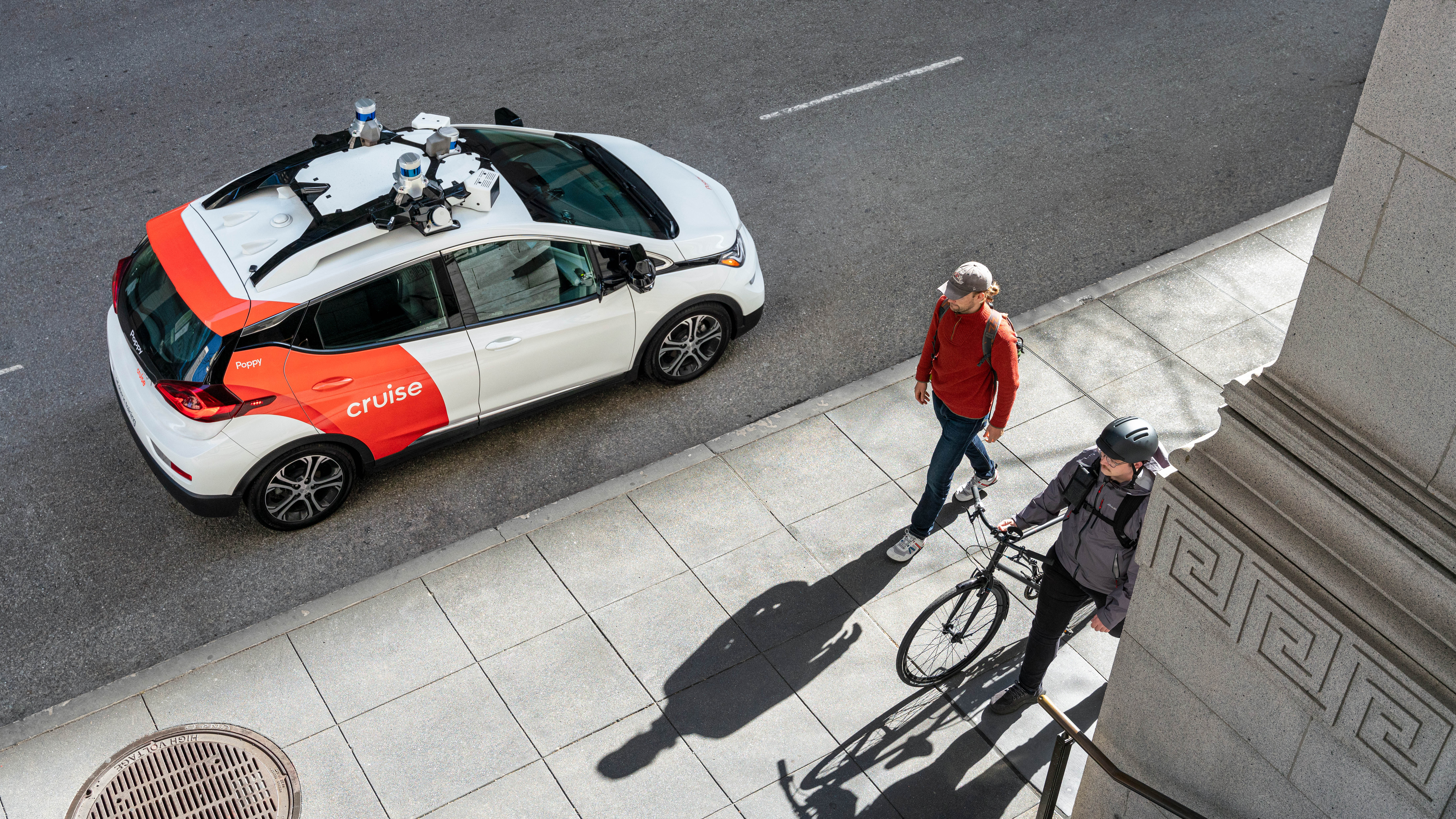Matthieu Pavon birdied the 72nd hole to win the Farmers Insurance Open
ORLANDO RAMIREZ/GETTY IMAGES
Matthieu Pavon made the one mistake he couldn’t.
Leading the Farmers Insurance Open by one with six holes to go in the final round, Pavon, a PGA Tour rookie making his third start as a member, airmailed the 14th green.
What’s beyond the 14th green at Torrey Pines South, you ask? Nothing good if you’re playing golf.
After the green is a steep embankment of rough that’s considerably shorter than the rest of the five-inch rough around the two-time U.S. Open host. Once you hit the red penalty area line, it doesn’t take long for a golf ball to become lost in the bluffs of the Torrey Pines State Natural Reserve. That’s where Pavon’s ball seemed to be headed.
Scotty Cameron's Tiger Woods Story You've Never Heard Before
Legendary master craftsman Scotty Cameron has worked with the game's best putters for decades. Now he's telling one of his favorite stories from working with the GOAT in 1999.
However, the next time CBS’s cameras cut to Pavon, he was standing over his third shot. Somehow, the ball hung up in the intermediate cut of rough.
On a difficult course like the South course, it was the kind of break that separates winners and losers, and that’s what it did. Pavon managed to pitch his third at 14 to a foot, then made a 24-foot par save at 16 before finally muscling a third shot on the 72nd hole from the deep rough to just eight feet to seal the Farmers Insurance Open title.
“I can’t thank the PGA Tour enough to give us the opportunity to come from Europe and compete here in America against the best players in the world,” Pavon said. “That’s always been the dream for me. I got finally a shot and I took it.”
Pavon seemed on the verge of blowing his lead when he missed a short par putt on 17 and drove into a bunker on 18. He laid up in the rough and then somehow willed his approach over the pond at the famous par-5 finisher and made the putt to preserve a one-shot win over Nicolai Hojgaard after he birdied the 72nd too.
With his first PGA Tour win, Pavon becomes the first winner who earned membership from the Top 10 of last year’s DP World Tour standings after the category was added for this season. Pavon also nabbed his first DP World Tour win last fall at the Acciona Open de España. He then birdied his final four holes at the DP World Tour Championship to finish T5 and jump up five spots in the standings, enough to earn one of the 10 cards awarded to top finishers on the European Tour with no other PGA Tour status.
There’s 1 thing missing from the PGA Tour’s strategic alliance, and it hurt Rasmus HojgaardBY: JACK HIRSH
Ironically, his four-birdie run in Dubai jumped him passed Hojgaard’s twin brother, Rasmus in the standings to earn the final PGA Tour card
Pavon’s win is also the first PGA Tour title by a player from France. The win will put Pavon in prime position to represent his country at home at this summer’s Olympics in Paris.
Pavon was battling for much of the day with Hojgaard and Stephan Jaeger, who, like Pavon and the rest of the golfers in the top nine heading into the final round, was searching for his first PGA Tour win.
The Frenchman took the solo lead after Jaeger’s bogey on 12 and never relinquished it the rest of the day. His short miss on the 71st opened up a number of possibilities as he played the final hole with just a one-shot lead over Hogjaard, who reached the 72nd green in two by the time Pavon stepped up to his third.
But from 143 yards, Pavon’s third benefited from a rain-softened final green as it landed in the middle of the putting surface and then took the slope back toward the hole. His final putt just barely dripped over the edge to slam the door.
“I was so pumped at that time, I know I had the energy to lift that ball up on the green,” he said. “I kind of aimed to the middle of the green knowing the face would close a little bit because it’s quite deep and thick. That ball came out like a butterfly and it really feed the slope on the green and left myself a nine-footer or something. That was the right time to prove I have the guts to finish that tournament and I did it so I’m so happy about that last hole.”
LATEST IN NEWS

Jack Hirsh
GOLF.COM EDITORJack Hirsh is an assistant editor at GOLF. A Pennsylvania native, Jack is a 2020 graduate of Penn State University, earning degrees in broadcast journalism and political science. He was captain of his high school golf team and recently returned to the program to serve as head coach. Jack also still *tries* to remain competitive in local amateurs. Before joining GOLF, Jack spent two years working at a TV station in Bend, Oregon, primarily as a Multimedia Journalist/reporter, but also producing, anchoring and even presenting the weather. He can be reached at jack.hirsh@golf.com.





